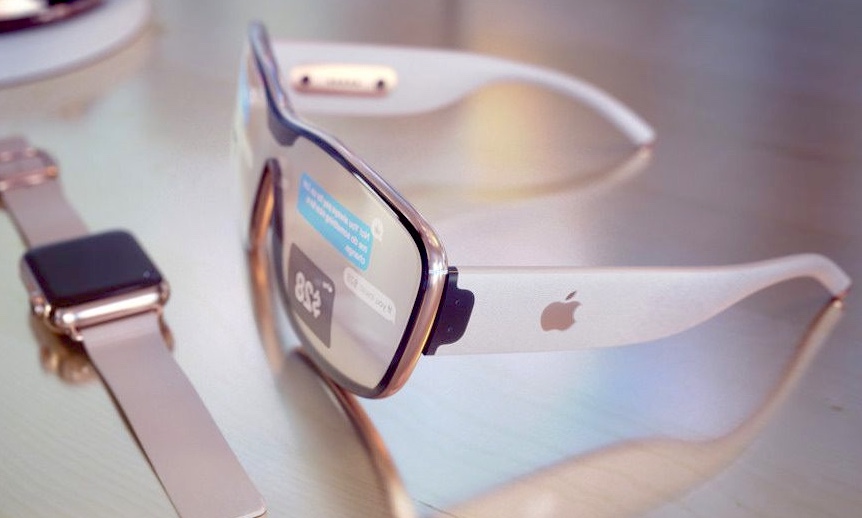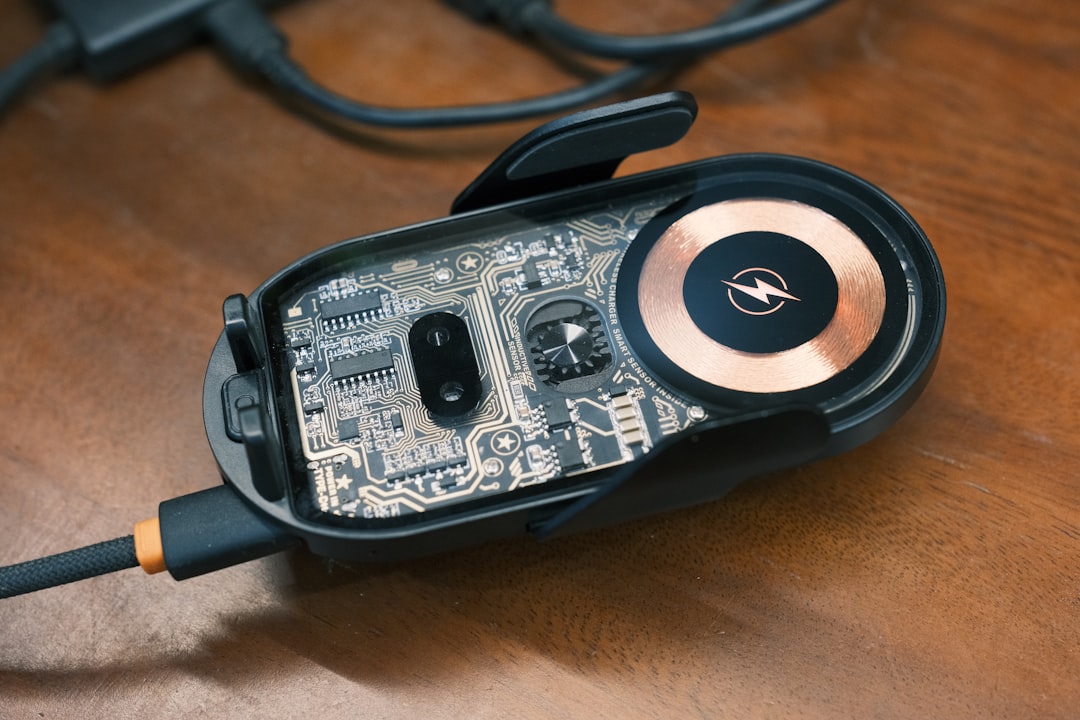For over a decade, the promise of augmented reality has been tantalizingly close, often envisioned through powerful but cumbersome headsets designed to overlay entire digital worlds onto our own. This vision of “spatial computing” captured our imagination, but its path to mainstream adoption has been fraught with challenges of cost, comfort, and social acceptance. Now, a significant and pragmatic pivot is reshaping the landscape of personal technology. Major industry players are shifting their focus from immersive, all-encompassing AR to a more subtle, integrated, and intelligent form factor: AI-powered smart glasses. This emerging category prioritizes ambient assistance over complete immersion, aiming to become a seamless AI companion that enhances reality rather than replacing it. This strategic shift signals a maturing market, one that recognizes that the next great leap in wearable technology may not be about what we see through a lens, but what an AI assistant can see and do for us, all from a device that looks and feels like ordinary eyewear.
The Shifting Paradigm: From Immersive Worlds to Ambient Intelligence
The evolution of smart eyewear is a tale of two distinct philosophies. On one end of the spectrum lies high-fidelity, immersive augmented and mixed reality. On the other, a new breed of lightweight, AI-first glasses is emerging, and understanding this divergence is key to grasping the latest Wearables News and future trajectory of the market.
The Promise and Pitfalls of High-Fidelity AR
The initial wave of excitement in this space was driven by devices like Microsoft’s HoloLens and Magic Leap, and more recently, Apple’s Vision Pro. These technological marvels are true spatial computers, capable of projecting stable, interactive 3D holograms into a user’s environment. They represent the pinnacle of what’s possible, offering transformative potential for enterprise applications in fields like engineering, medicine, and complex manufacturing. The latest AI Research / Prototypes News continues to push the boundaries of what these headsets can do. However, their path to the consumer market has been blocked by several significant hurdles. Their high price tags (often thousands of dollars), substantial weight and bulk, limited battery life, and the social awkwardness of wearing a large headset in public have confined them to niche professional and developer markets. They are powerful tools, but not yet practical everyday accessories.
The Rise of the AI-First Smart Glass
In stark contrast, the AI-first approach redefines the purpose of smart glasses. Spearheaded by products like the Meta Ray-Ban smart glasses, this philosophy demotes visual overlays and promotes the device as a primary interface for an AI assistant. These glasses are, first and foremost, a conduit for an AI to see the world from your perspective and hear your commands without you ever needing to reach for your phone. The core features are a high-quality integrated camera, a multi-microphone array, and open-ear speakers. The “magic” isn’t a hologram floating in your living room; it’s the ability to look at a plant and ask, “What kind of plant is this?” or to live-stream your first-person view of a concert directly to social media. This is a crucial development in AI Companion Devices News, turning a wearable into a true partner. This approach focuses on immediate, practical utility—hands-free media capture, seamless calls, and instant access to a powerful, context-aware AI.
Why the Pivot? Market Realities and Consumer Adoption
The strategic shift towards this lighter form factor is driven by simple market dynamics. A device that costs a few hundred dollars and integrates into existing fashion is infinitely more accessible than a multi-thousand-dollar headset. Tech companies are realizing that the path to mass adoption lies in complementing the smartphone, not trying to replace it immediately. These AI glasses serve as a powerful accessory, offloading simple, in-the-moment tasks from the phone and reducing our reliance on screens. This trend is a major talking point in AI Phone & Mobile Devices News, as it explores a future where our phones stay in our pockets more often, with a suite of connected AR/VR AI Gadgets News-worthy devices serving as specialized interfaces.
Under the Hood: The Technology Powering AI Eyewear

Creating a powerful computing device that fits within the slim temples of a pair of eyeglasses is a monumental engineering feat. The magic of modern AI glasses lies in the sophisticated interplay of miniaturized hardware and advanced software, balancing performance with the strict constraints of power and heat dissipation.
Core Components and Miniaturization
At the heart of these devices is a suite of carefully integrated components. The latest AI-enabled Cameras & Vision News highlights the development of tiny, high-resolution cameras that can capture crisp photos and video without adding significant bulk. These are paired with multi-microphone arrays that use beamforming technology to isolate the user’s voice from ambient noise, crucial for accurate AI assistant interactions. For audio playback, most designs opt for discreet open-ear solutions, either using micro-speakers directed at the ear or bone conduction technology, a topic frequently covered in AI Audio / Speakers News. This allows for awareness of one’s surroundings—a key safety and social feature. The processing is a hybrid affair. While simple commands might be handled on the device itself, a trend in AI Edge Devices News, more complex AI queries are often offloaded to a connected smartphone or the cloud, leveraging their superior processing power and connectivity.
The AI “Brain”: From Simple Commands to Multimodal Understanding
The true innovation is the AI model that acts as the device’s brain. This is far more than a simple voice assistant. Modern AI glasses are built on multimodal AI, which can simultaneously process and understand different types of data—chiefly, visual input from the camera and audio input from the user’s voice. This fusion of senses gives the AI contextual awareness that a phone or smart speaker lacks.
Real-world scenario: Imagine you’re traveling in a foreign country, a key theme in AI for Travel Gadgets News. You can look at a menu written in another language and ask, “What does this say?” The AI uses the camera to perform optical character recognition (OCR), translates the text in real-time, and reads the translation back to you through the open-ear speakers. This seamless blend of vision, language processing, and audio output is the core value proposition of the AI-first smart glass.
The Display Dilemma: To See or Not to See?
A critical design choice that defines a smart glass is the presence or absence of a visual display. The audio-first, no-display approach (like Meta’s) prioritizes simplicity, longer battery life, lower cost, and social discretion. The interaction is entirely conversational. Conversely, devices with a heads-up display (HUD), like Google Glass or Vuzix Blades, project simple information like text messages or navigation arrows into the user’s field of view. While useful, this adds complexity, cost, and power consumption. For the current consumer push, the no-display model is gaining traction because it sidesteps the challenge of creating a compelling visual interface and instead focuses on the proven utility of a powerful AI assistant, a major topic in AI Assistants News.
Beyond Novelty: Practical Use Cases and the Expanding Ecosystem
For any new technology category to succeed, it must move beyond being a novelty and solve real-world problems. AI smart glasses are beginning to demonstrate their value across a wide spectrum of applications, from daily convenience to life-changing accessibility tools.
Daily Life and Personal Productivity
The most immediate applications enhance everyday life. For content creators, they offer a unique first-person perspective, a game-changer for vlogs, tutorials, and social media. This is a significant development for AI Tools for Creators News. In the realm of personal productivity, covered by AI Office Devices News, they allow for hands-free note-taking or summarizing meetings. Imagine looking at a product in a store and instantly getting price comparisons and reviews, or following a recipe from your AI Kitchen Gadgets News feed without ever touching a screen. These glasses can also become a central hub for your personal space. With the right integrations, a simple voice command could control your smart home, adjusting devices featured in Smart Home AI News and AI Lighting Gadgets News, or even directing your advanced home robot, a concept emerging from Robotics News.

Specialized and Future Applications
Beyond convenience, the potential for specialized applications is immense. One of the most powerful is in accessibility. For individuals who are blind or have low vision, the glasses can act as a guide, describing their surroundings, reading text, and identifying objects—a revolutionary step forward for AI for Accessibility Devices News. In the health and wellness space, future iterations could integrate sensors to monitor posture, track workouts, or provide bio-feedback, merging the worlds of Health & BioAI Gadgets News and AI Fitness Devices News. The technology could also transform education, with AI Education Gadgets News exploring how students on a museum trip could get instant, context-aware information about the exhibits they are viewing.
The Privacy and Ethical Quagmire
The power of a face-worn camera brings with it significant and valid privacy concerns. The fear of surreptitious recording is real and must be addressed for social acceptance. This is a critical topic in AI Security Gadgets News.
Common Pitfalls:
- Covert Recording: The ability to record video and audio discreetly raises ethical questions about consent and privacy in public and private spaces.
- Data Security: The vast amount of personal data collected—from visual feeds of your home to your voice commands—becomes a high-value target for cyberattacks.
- Algorithmic Bias: The AI’s interpretation of the world is only as good as the data it was trained on, creating a risk of biased or inaccurate responses.
Best Practices for Manufacturers:
- Clear Indicators: A bright, unambiguous, and non-defeatable LED light that clearly signals when the device is recording is a non-negotiable feature.
- User-Centric Controls: Users must have granular control over what data is collected, where it is stored, and with whom it is shared.
- Transparent Policies: Companies must be upfront about their data handling practices and the limitations of their AI systems.
Navigating the Future of Wearable AI
The journey toward mainstream AI smart glasses is still in its early stages. While the current generation of devices is compelling, several challenges must be overcome, and the competitive landscape is just beginning to heat up.
Key Hurdles to Mainstream Adoption
The primary obstacle remains battery life. Packing powerful sensors and processors into a tiny frame while providing all-day power is the holy grail of wearable engineering. Social acceptance is another major factor; the design must be not just unobtrusive, but fashionable. This is where AI in Fashion / Wearable Tech News becomes critically important, as success may hinge on partnerships with established eyewear brands. Finally, a robust app ecosystem is needed to unlock the full potential of these devices, allowing third-party developers to create innovative experiences beyond the manufacturer’s initial offerings.

Who Wins the Race?
The race to define this new category is on. Meta has a significant head start with its Ray-Ban partnership. Amazon is experimenting with its audio-focused Echo Frames. Google, with its long history from Glass, is undoubtedly exploring new approaches. And the potential entry of a design and ecosystem giant like Apple could completely redefine the market. The ultimate winner will not be the company with the best hardware alone, but the one that seamlessly integrates hardware, a truly intelligent and helpful AI, and a vibrant ecosystem of apps and services into a product people genuinely want to wear.
Tips for Early Adopters and a Look to the Future
For those considering diving in, it’s important to assess your primary use case. Are you a creator who needs hands-free video? A tech enthusiast who wants to be on the cutting edge of AI assistants? Or someone looking for a specific accessibility tool? Understanding your needs will help you navigate the trade-offs of current devices. Looking forward, the trajectory is clear: these devices will become smaller, more powerful, and more capable. We may see the convergence of different technologies, with future glasses potentially incorporating features from Neural Interfaces News for more intuitive control, or advanced sensors that turn them into comprehensive AI Monitoring Devices for health and wellness.
Conclusion
The narrative of smart glasses is undergoing a profound revision. The grand, cinematic vision of augmented reality is making way for a more practical, personal, and intelligent reality. The pivot towards AI-first smart glasses marks a crucial maturation of the wearable technology market, prioritizing daily utility and seamless integration over sheer technological spectacle. These devices are not about escaping into a digital world, but about effortlessly bringing the power of AI to our own. They represent the next logical step in our relationship with technology, moving computing from our pockets to our perspective. As the technology continues to evolve, these AI companions are poised to become an invisible, yet indispensable, layer of intelligence woven into the fabric of our lives.










